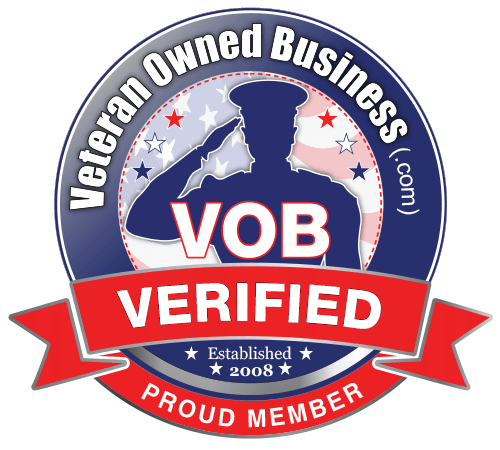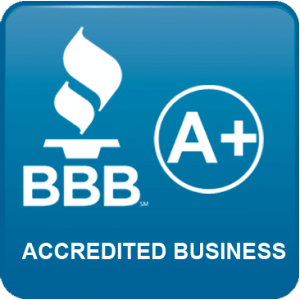A well-structured website is the foundation of strong search engine optimization (SEO). Without a clear and logical structure, search engines struggle to understand your site's content, and users may have difficulty navigating it. At DigitalTreehouse, a leading website development and marketing company in Franklin, TN, we specialize in designing SEO-friendly website structures that help businesses improve rankings, user experience, and conversions.
In this guide, we'll explore best practices for structuring your site to maximize SEO results and attract more organic traffic.
Why Site Structure Matters for SEO
Optimizing images and videos is essential for:
Your website’s structure is
how pages are organized and linked. A clear structure helps:
- Improve Search Engine Crawling – Google uses web crawlers to index pages, and a well-organized structure makes this process more efficient.
- Enhance User Experience – Visitors can easily find what they need, reducing bounce rates and increasing engagement.
- Distribute Page Authority – Internal linking between pages helps distribute "SEO juice," improving rankings.
- Boost Site Speed & Performance – A clean structure prevents excessive redirects, duplicate content, and unnecessary loading delays.
Key takeaway: A well-structured site ensures both users and search engines can navigate your website with ease.
Establishing a Logical Website Hierarchy
The Ideal Site Structure
A simple and
organized hierarchy helps both users and search engines understand your content. Your structure should follow this pattern:
Homepage → Main Categories → Subcategories → Individual Pages
For example, if you're a
plumbing company, your structure might look like this:
- Homepage
- Services
- Drain Cleaning
- Leak Repairs
- Water Heater Installation
- About Us
- Contact
Best Practices for Site Hierarchy
- Keep your structure flat, meaning users can reach any page within 3-4 clicks.
- Use descriptive page names that clearly indicate content.
- Ensure each category is distinct and does not overlap.
Pro Tip: Keep image sizes under 150 KB for optimal page speed.
Using SEO-Friendly URLs
Your URLs should be short, readable, and descriptive. A well-structured URL helps search engines understand your page content and improves user experience.
Best Practices for SEO-Friendly URLs
Avoid: example.com/category123/page456
Use: example.com/services/drain-cleaning
- Keep URLs short and meaningful – Aim for 3-5 words per URL.
- Use hyphens (-) instead of underscores (_) or spaces.
- Avoid special characters and numbers unless necessary.
- Include relevant keywords in the URL.
Pro Tip: Once a URL is published, avoid changing it to prevent broken links and SEO drops.
Internal Linking to Strengthen SEO
Why Internal Links Matter
Internal links connect different pages on your site, helping search engines:
- Discover and index new pages faster.
- Understand the relationship between pages.
- Improve ranking power by passing authority from one page to another.
Best Practices for Internal Linking
- Use relevant anchor text – Instead of "click here," use "learn more about drain cleaning services."
- Link from high-authority pages (like your homepage) to important service pages.
- Avoid excessive links – Keep a natural flow.
- Check for broken links regularly using tools like Google Search Console.
Pro Tip: Every blog post should include at least 2-3 internal links to other relevant pages.
Creating an SEO-Optimized Navigation Menu
Your navigation menu is the main way users and search engines explore your site. A poorly structured menu can frustrate users and harm SEO.
Best Practices for an SEO-Friendly Menu
- Keep menus simple with no more than 7 main items.
- Use clear, keyword-rich labels (e.g., "Plumbing Services" instead of "What We Do").
- Avoid dropdown menus with too many subcategories – search engines may struggle to crawl them.
- Make sure important pages are no more than 3 clicks away from the homepage.
Pro Tip: Use breadcrumb navigation to show users their location within the site and help search engines understand your structure.
Improving Mobile Usability
With over 60% of searches coming from mobile devices, having a mobile-friendly website is crucial for SEO.
How to Optimize for Mobile SEO
- Use a responsive design that adjusts to different screen sizes.
- Ensure text is readable without zooming in.
- Make buttons large enough for easy tapping.
- Speed up mobile loading times by optimizing images and using lazy loading.
Pro Tip: Use Google’s Mobile-Friendly Test to ensure your site meets mobile SEO standards.
Why Choose DigitalTreehouse for SEO-Optimized Website Development?
At DigitalTreehouse, we help businesses:
- Build SEO-friendly website structures for better rankings.
- Improve site navigation for enhanced user experience.
- Optimize URLs, internal links, and mobile usability.
- Implement the latest SEO strategies for long-term growth.
Frequently Asked Questions
How does website structure affect SEO?
A well-organized structure helps search engines crawl and index pages efficiently, improving rankings. It also enhances user experience, reducing bounce rates and increasing engagement.
How deep should my site structure be?
Your website should have a flat structure, meaning users can reach any page in 3-4 clicks from the homepage. Avoid unnecessary layers that make navigation difficult.
What is breadcrumb navigation, and should I use it?
Breadcrumb navigation shows users their location on your site (e.g., Home > Services > Drain Cleaning). It improves SEO and user experience by making navigation easier.
How many internal links should I have per page?
Each page should have at least 2-3 internal links pointing to relevant content. However, don’t overdo it—links should be natural and useful to the user.
Can DigitalTreehouse help optimize my website’s images and videos?
Absolutely! We specialize in restructuring websites to improve SEO performance, site speed, and user experience. Contact us today for a consultation!
Need help optimizing your website’s structure?
Contact DigitalTreehouse today for expert SEO solutions!

SHARE ARTICLE
Schedule Your FREE 15-Minute Consultation
oUR rECENT bLOGS








